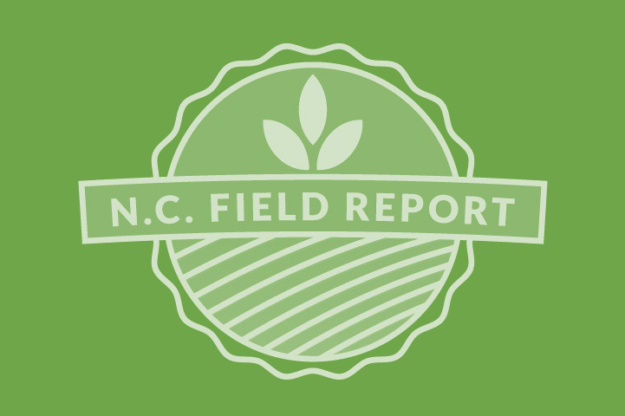Weed Management Checklist
Want to keep weeds out of your fields and prevent herbicide resistance? Use this handy checklist as a guide. Make a plan – Think long-term. Strategize to delay the evolution of herbicide resistance and reduce weed seeds. Go full-rate – Apply full rates of effective pre- and postemergent herbicides with multiple modes of action (MOAs).…
Details







